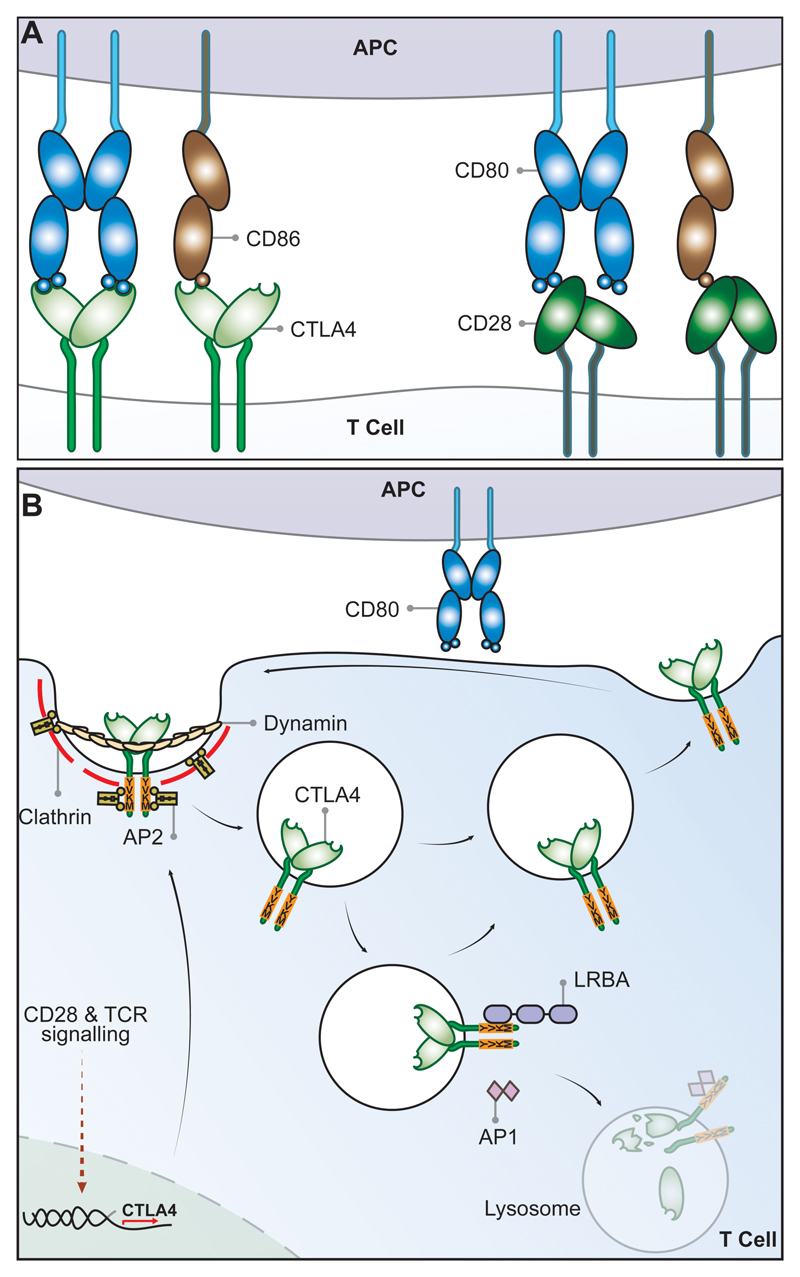Figure 1. Schematic of CTLA-4 cell biology.
(A) CTLA-4 and CD28 receptors share two ligands CD80 and CD86. CD80 is a dimeric high affinity ligand and CD86 is a monomeric lower affinity ligand for both receptors. CTLA-4 has a higher affinity and avidity for CD80 than CD86. The relative affinities go from high to low from left to right. (B) CTLA-4 expressed in T-cells is highly endocytic. CTLA-4 is constitutively expressed in Treg or induced following T cell activation via CD28 and TCR signaling. In the absence of the ligand, CTLA-4 is mainly found in intracellular compartments following clathrin-mediated endocytosis mediated through CTLA-4 interaction with the AP2 molecule. The AP2 (μ2 subunit) binds to the tyrosine-based (YVKM) motif of the cytoplasmic domain of CTLA-4 and mediates rapid internalization. LRBA and AP1 proteins have also been found to bind to the YVKM motif on CTLA-4, which appear to impose different fates on CTLA-4. LRBA may mediate recycling of CTLA-4 to the plasma membrane, whereas AP1 may mediate CTLA-4 trafficking to lysosomal compartments resulting in subsequent degradation.

